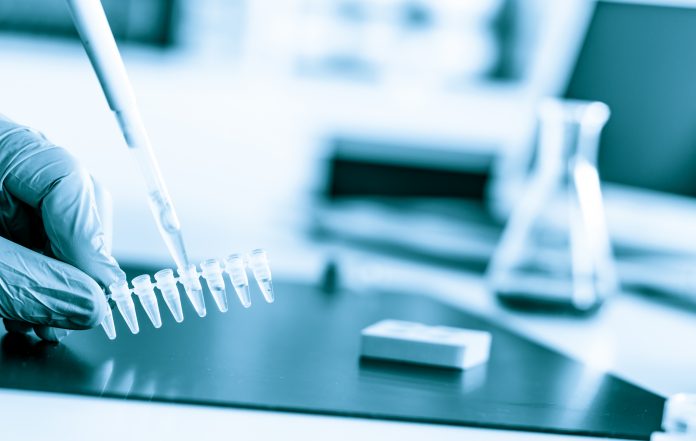Here, we find out about Yourgene Health, a molecular diagnostics company with products and technologies that enable precision medicine in oncology from bench to clinic
Liquid biopsy is a non-invasive method of sampling and analysing non-solid biological tissue using biomarkers circulating within bodily fluids, such as blood. A compelling application for this technology lies within oncology, in areas such as early routine diagnosis of cancer, as well as long-term monitoring of tumours and associated mutations.
The technique works by examining either circulating tumour cells (CTC’s) or circulating tumour DNA (ctDNA) within a patient’s blood sample. When tumour cells die, ctDNA is released into the blood, where it is further broken down by enzymatic pathways. (1) This results in the presence of small fragments of ctDNA within the patients’ blood, molecular fingerprints which can be analysed using next-generation sequencing (NGS) technology.
Realising the potential of liquid biopsy in oncology
There is significant potential for liquid biopsy to transform cancer diagnosis as well as free up laboratory capacity. A promising area for liquid biopsy can be seen in population screening for earlier detection of tumours. (2) The World Health Organization (WHO) estimates that this could have an impact on preventing 30-50% of cancers through earlier diagnosis and subsequent treatment. (3)
One of the challenges in making liquid biopsy a standard clinical tool lies in reducing the error of the analysis – such as false positive/negative results. Whilst sequencing has indeed become cheaper and cheaper, it has also to some extent become noisier. Sequencing ‘noise’ contributes towards diagnostic errors by making it more difficult to distinguish the signal (tumour origin) from the noise. As well as this, improving the cost-effectiveness of liquid biopsy remains a challenge that must be overcome.
A major driver of these challenges lies in the very nature of oncology liquid biopsy – ctDNA contributes only a small percentage of the total DNA within the patient’s blood sample. This means that the sequencing signal is weak, and the noise is too much. A way to overcome these challenges is to enrich the sample – a method known as size selection – to concentrate the fraction originating from the tumour. This helps to reduce the sample noise, as well as improve cost-effectiveness by sequencing more ctDNA and less DNA from healthy cells.
Technology for precision medicine
Yourgene’s LightBench® with Ranger® Technology helps scientists and clinicians to realise the potential of liquid biopsy in oncology screening by allowing you to isolate the short fraction of cfDNA originating from the tumour, in a highly reproducible manner. Enriching the ctDNA with automated gel electrophoresis allows you to push down the error and lower the cost of sequencing. Unlike with traditional manual processes (such as polyacrylamide gel electrophoresis), the LightBench allows you to scale-up your process. Simply load a cassette and let the machine do the work.
References
Pantel K, Alix-Panabières C. Circulating tumour cells in cancer patients: challenges and perspectives. Trends Mol Med. 2010;16(9):398-406. doi:10.1016/j.molmed.2010.07.001 (https://pubmed.ncbi.nlm.nih.gov/20667783/)
Hunter Underhill, Liquid Biopsy: Current Status and Future Directions, Front Line Genomics, p31 https://www.who.int/activities/promoting-cancer-early-diagnosis
Please note: This is a commercial profile
© 2019. This work is licensed under CC-BY-NC-ND.











